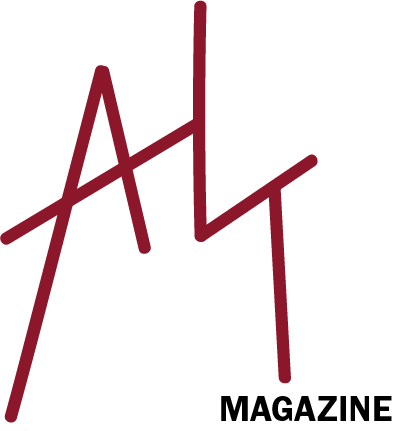Written by: Olivia Austria-Kemble
Indigenous Fashion Week is gaining popularity in the fashion industry. Australia, Vancouver, British Columbia, and most recently, Toronto, have hosted this one-week tribute to indigenous designers. Although the U.S. does not host a traditional fashion week for indigenous designers, an indigenous design collection, titled “Native Fashion Now” was held in New York City in 2017.
Indigenous Fashion Week serves as a statement — a rebuttal to the appropriation of indigenous culture that is ever-so often prevalent in fashion designs. That said, let’s take a look at some instances where designers wrongly stole from Native culture.
Victoria’s Secret Fashion Show 2012 and 2017
Victoria’s Secret found itself in deep waters after supermodel Karlie Kloss walked the runway wearing a traditional full headdress. According to Chelsea Vowel, a member of the Métis and an expert in Native studies, a headdress is reserved for male members of native tribes who have acquired the rank to wear one. Unless given permission, it is disrespectful to wear a headdress. This look exploded due to its controversy. It is inarguably cultural appropriation and in the end, the look was barred from the fashion show’s television broadcast.
It seems Victoria’s Secret learned nothing from their escapade in 2012, as they featured yet another headdress during their 2017 show in Shanghai. This time, the lingerie walk included a segment titled, “Nomadic Adventures,” which featured multiple looks inspired by tribal and Native-American styles. The show turned controversial after, model, Nadine Leopold sported a headdress closely representing a native war-bonnet. The problem with this look has similar roots to the issues introduced by Vowel. Traditionally, war-bonnets are a symbol of respect and valor. For someone of a different culture to wear this piece without understanding the meaning, and for a company to include the headdress without caring to research and consult the Native American community, is extremely
Urban Outfitters Navajo print 2012
Since 2001, Urban Outfitters has been slapping the “Navajo” name on their Native-American inspired merchandise. Navajo flasks and Navajo panties are some of the pieces that have been included in this line of merch. Although the products were quite popular, what went unknown was the fact that the use of “Navajo” by anyone, other than the Navajo tribe itself, is actually illegal. This is due to the fact that the tribe trademarked their name in 1943. Upon the release of the company’s collection, a member of the Santee Sioux Nation wrote to Glen Senk, the CEO of Urban Outfitters, to voice the tribe’s disapproval: “These and the dozens of other tacky products you are currently selling referencing Native America make a mockery of our identity and unique cultures.” It seems that Senk has turned his cheek to Brown’s letter and continued the production of the line. However, the company was finally sued by the Navajo Nation in 2012. The Navajo Nation and Urban Outfitters settled for an undisclosed amount and have agreed to collaborate on any further use of “Navajo” pieces. The leader of the Navajo Nation made a statement explaining that when a body wishes to use the Navajo name or create something using the Navajo tribe as inspiration, he expects a consultation with the tribe before making it official. When that courtesy is ignored, the use of “Navajo” becomes disrespectful, and not to mention illegal.
Chanel Boomerang 2017
Chanel released a “designer” boomerang priced at $1,325 as a part of their spring/summer 2017 collection. The outlandish price is one of the many things that the fashion house was criticized for; apparently, the boomerang is worth 10 percent of the average Indigenous Australian’s annual income. And the fact that a French design label, with no Australian roots nor any collaboration, has created this piece is only adding fuel to the perception that this is a piece of mockery to indigenous culture.
In summary, the fashion industry has gained notoriety with uncountable acts of cultural appropriation — a trend that has gone on far too long. Upcoming fashion designers are reclaiming power by focusing on the representation and respect of indigenous cultures in the haute couture world. Indigenous Fashion Week provides a platform for indigenous designers to showcase their work and properly represent culturally inspired designs. Notable indigenous designers such as Bethany Yellowtail, Curtis Oland, and Jamie Okuma have taken to fashion as a form of empowerment. They are using their designs to reclaim their cultures that have been continuously appropriated. These designers note how most indigenous artists are underrepresented and don’t make nearly as much as they deserve for their work. The new wave of indigenous designers have a shared goal of hoping to create a platform for indigenous peoples and be the voice for those who have never been able to reach the ears of the public.




